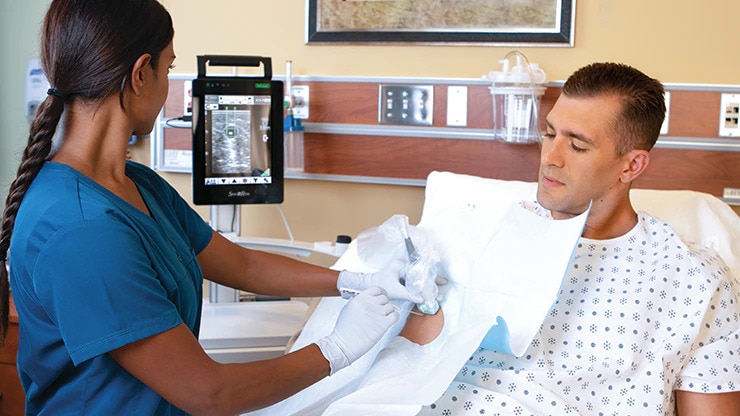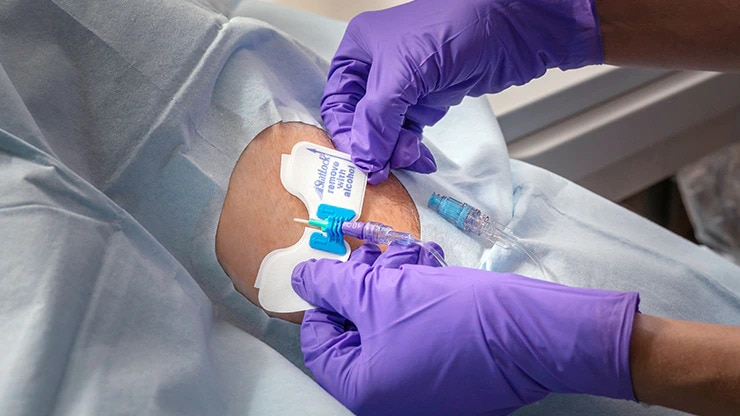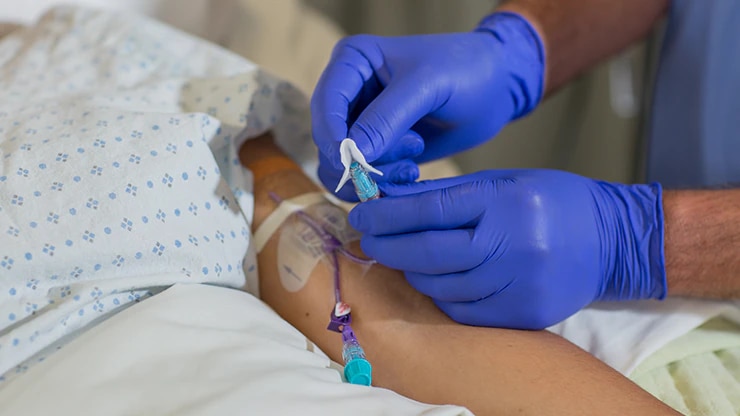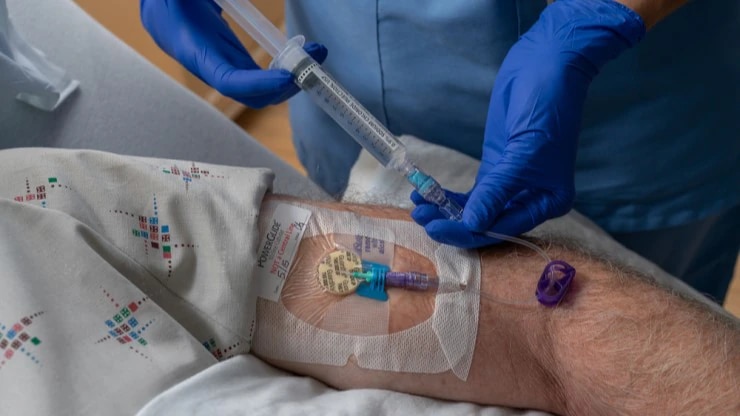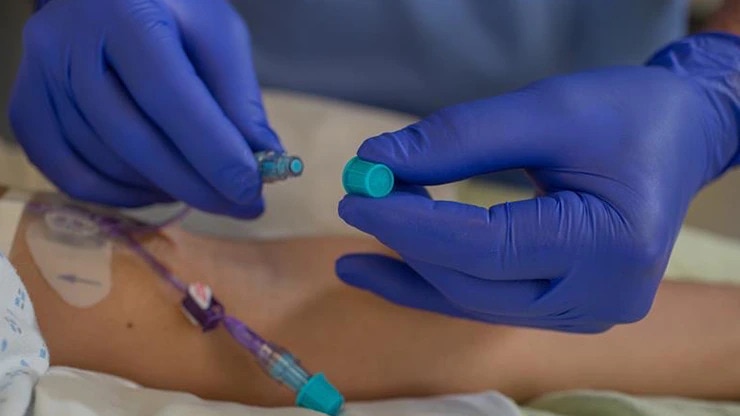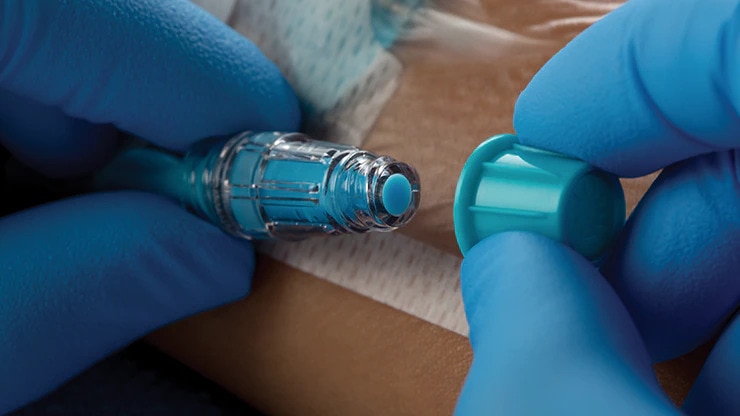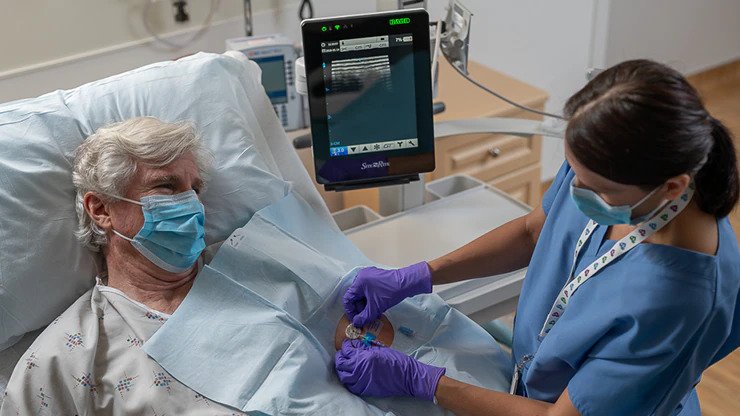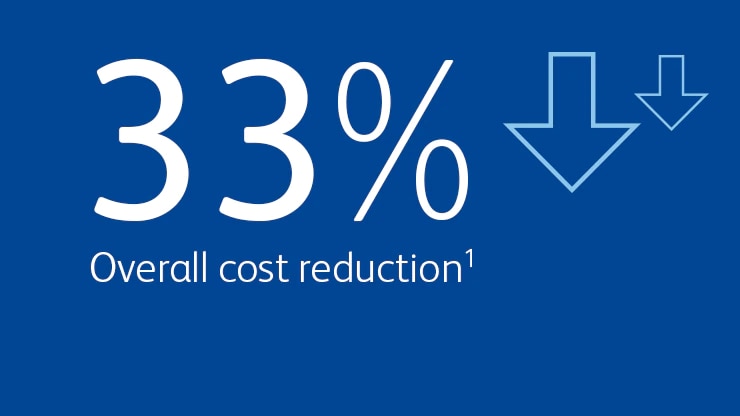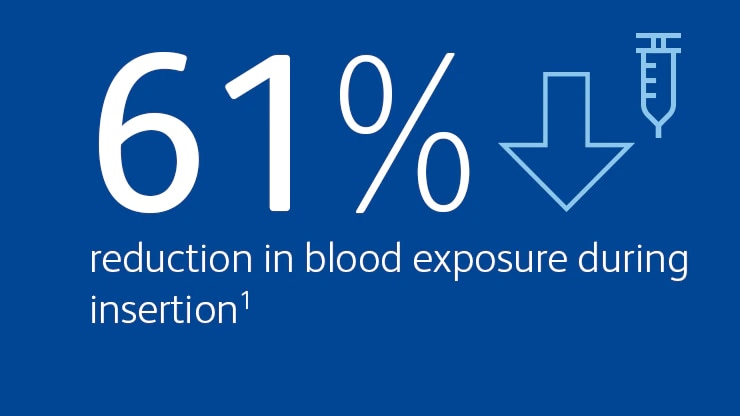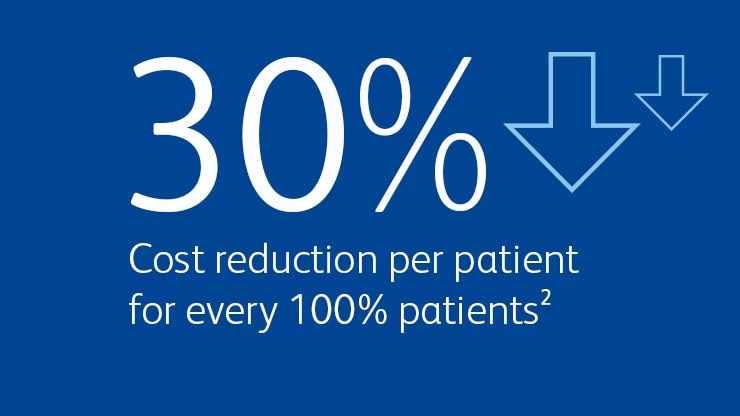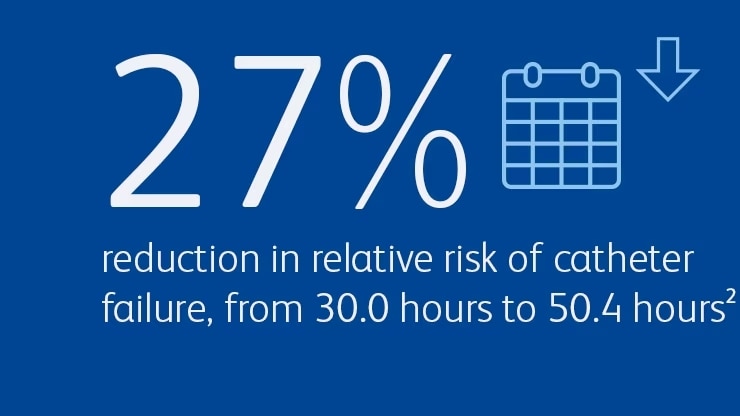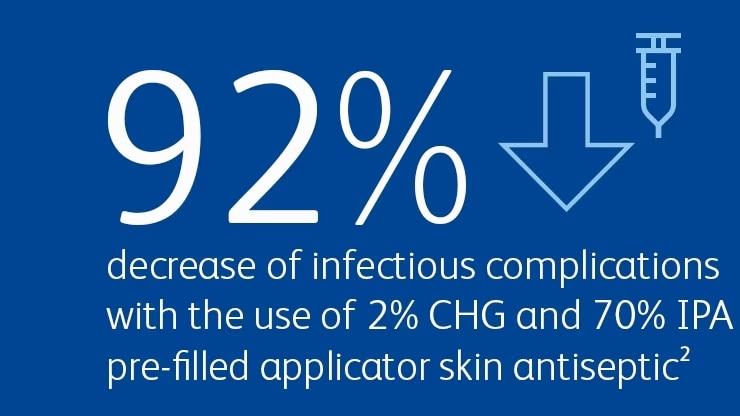Infiltration occurs when a nonvesicant solution or medication is inadvertently administered into tissue surrounding the catheter site, whereas extravasation occurs when the solution or medication is vesicant.2* When this occurs, the patient may suffer from edema, pain, changes in skin color and fluid leakage from the catheter insertion site, additionally extravasation may progress to blistering and ulceration.2** A myriad of issues may cause infiltration or extravasation, including inappropriate insertion site, inadequate stabilization, difficult access history, medications that alter pain sensation, disease that produces change in vasculature, use of deep veins with insufficient catheter length, and the inability of the patient to report their symptoms.2†
Learn more about some of the vascular access-related complications that can occur >>
Download our brochure to learn more about what you can do to help improve practices in your hospital >>
BD can help assess VAM practices and potential areas for improvement in your facility >>
2*. Infusion Therapy Standards of Practice. J Infus Nurs. 2021; 44(1S): S206, S207.
2**. Infusion Therapy Standards of Practice. J Infus Nurs. 2021; 44(1S): S143.
2†. Infusion Therapy Standards of Practice. J Infus Nurs. 2021; 44(1S): S142.




